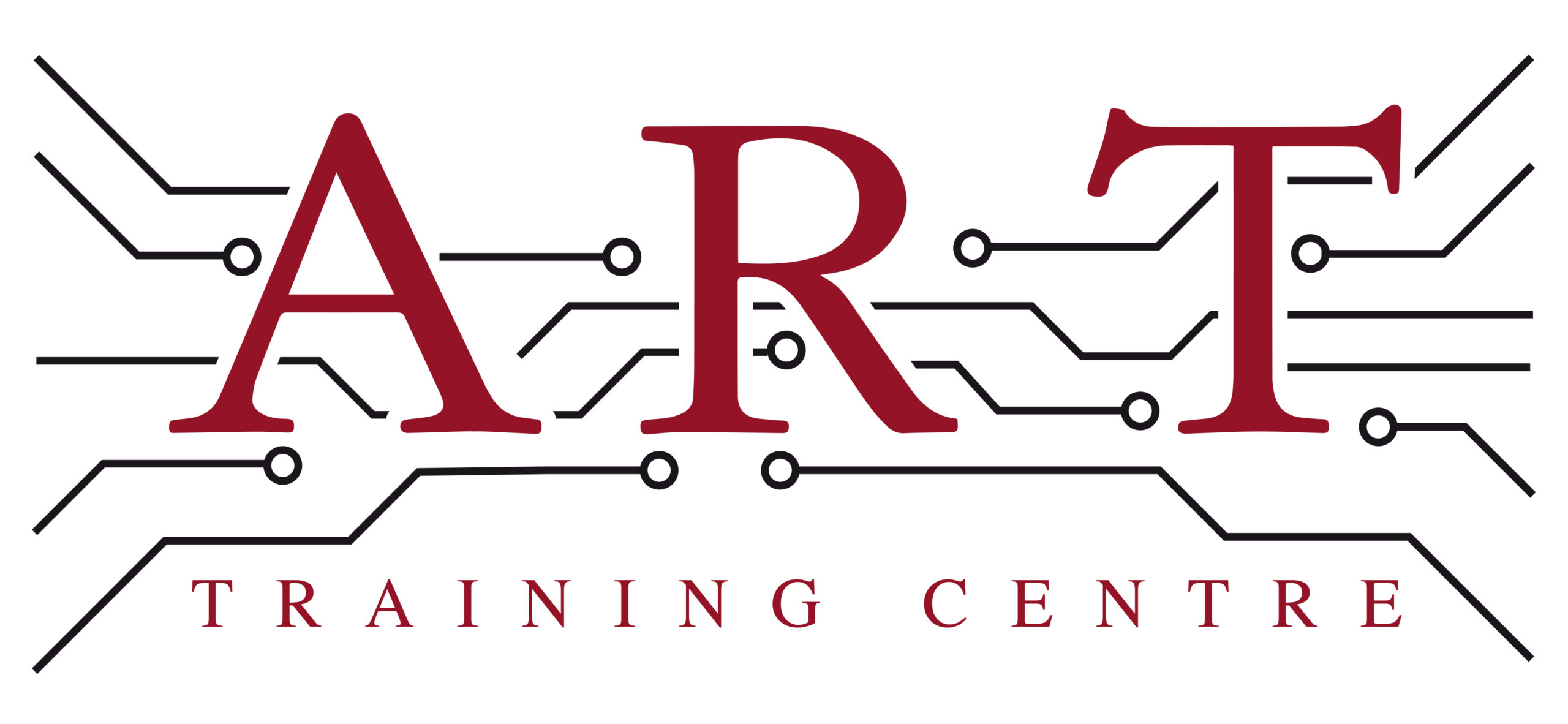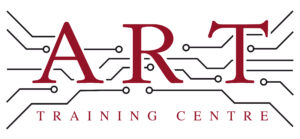Definition
Via is a small conductive pathway in printed circuit boards (PCBs) that allows electrical connections between different layers of the board. It is created by drilling a hole and then plating it with metal, typically copper. Vias are essential components in multilayer PCBs, facilitating communication between various electronic components and ensuring proper functionality of the circuit.
How It’s Used in the Industry
In electronics assembly, vias are crucial for connecting traces on different layers of a PCB. During the manufacturing process, designers plan the layout to include vias where necessary. Technicians drill holes at designated points and apply a plating process to create conductive pathways. During soldering, components can be attached to the surface of the PCB and connected through the vias, allowing signals to pass between layers. For rework, technicians may need to inspect and repair vias to ensure they are functioning correctly. Understanding vias is essential for both trainees and experienced professionals, as they play a significant role in the reliability and performance of electronic devices.
History & Origins
The use of vias in electronics manufacturing became prominent in the 1970s with the development of multilayer PCBs, which allowed for more complex circuit designs. Early adoption was driven by the need for miniaturisation and increased functionality in electronic devices. The establishment of standards, such as those from IPC (Institute for Interconnecting and Packaging Electronics Circuits), helped standardise the design and manufacturing processes for vias, ensuring consistency and reliability in the industry. As technology advanced, the importance of vias grew, leading to innovations in PCB design and fabrication techniques.
Variations
There are several types of vias, including through-hole vias, blind vias, and buried vias. Through-hole vias connect all layers of a PCB, while blind vias connect an outer layer to one or more inner layers without going through the entire board. Buried vias, on the other hand, connect only inner layers and are not visible from the outside. Each type serves different design needs and affects the overall layout and functionality of the PCB, making it crucial for learners to understand these variations when designing or repairing circuits.
Modern Applications
Today, vias are integral to the production of both surface mount and through-hole assemblies in PCBs. They are essential for high-density interconnections in advanced electronic devices, such as smartphones and computers. Vias help ensure compliance with IPC standards, which are critical for maintaining quality and reliability in manufacturing. As components become smaller and more complex, the role of vias continues to evolve, making them vital for engineers and technicians in both production and repair processes.
Practical Tips & Training
When working with vias, it’s essential to ensure proper alignment and plating to avoid connectivity issues. Use inspection techniques like X-ray imaging to check for defects in multilayer boards. Always follow safety protocols when handling tools and materials. Structured training and certification in electronics can enhance understanding of vias and their importance, equipping technicians with the skills needed for quality assurance in manufacturing and repair processes.


